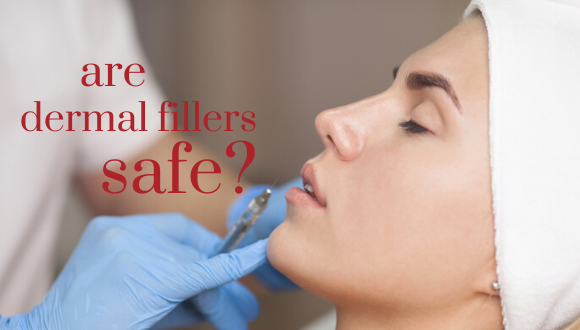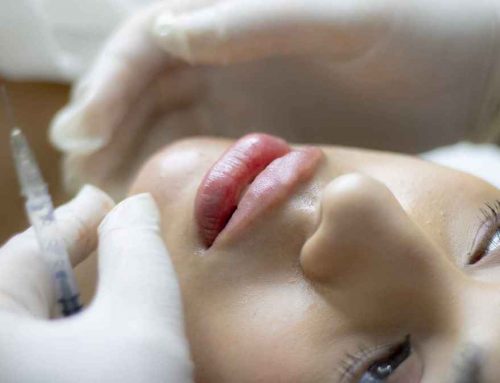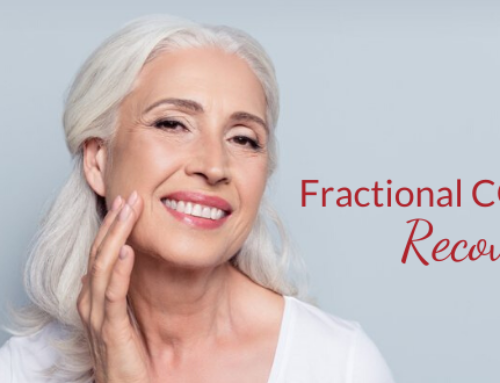... and other things to consider when it comes to Dermal Fillers.
Dermal filler injections, such as Juvederm and Restylane, have gained in popularity over the past decade and are now second only to neuromodulators, like Botox®, in the sale of aesthetic injectables. With all of the various choices available in 2020, choosing which product is best for treatment for your specific needs can be confusing … and, most importantly, how SAFE are dermal fillers for routine use?
I like to refer to my choices of dermal filler as the “tools in my toolbox”. I stock approximately 8-9 different dermal fillers on my shelves and the choice of which one to choose for which patient depends upon several factors.
The first is determine the PLACEMENT of the filler – will we be correcting loss of volume in the cheeks, under the eyes, the lips, along with jawline? Most of the dermal fillers we use are made of hyaluronic acid gels. These gels are ‘graded’ in terms of their density or G’ (G prime) with higher G’ fillers having a higher density and better ability to lift tissues. Therefore, I am typically choosing higher G’ fillers for re-volumization in the mid-face or cheeks, fillers such as Restylane Lyft®, Juvederm Voluma®, and Radiesse® are good choices, for example. Lower G’ fillers, such as Juvederm Volbella® or Restylane Refyne® may be better choices for the lips, perioral lines or tear troughs.
The second factor to consider is the expected DURATION of the filler. Most hyaluronic acid fillers have an FDA approval for 6-12 month duration – 6 months is typical in the lips/perioral region, 12 months is typical in most other areas of the face. The ‘collagen stimulator’-type fillers such as Radiesse®, Sculptra®, and Bellafill® tend to last a bit longer with durations of 12-16 months, 2-3 years and 5 years, respectively.
Other factors that come in to play are the patient’s BUDGET and product SAFTEY.
BUDGET is self-explanatory. With filler pricing ranging anywhere from $425-$899/syringe and the average patient requiring a minimum of 2 syringes to achieve noticeable results, price can definitely be a factor for dictating the choice of product. That said, while these treatments are not cheap, I find that treating sub-optimally, leaves patients feeling like they’ve wasted their money. Treating to full correction, however, results in happier patients who don’t regret the expenditure since they are too focused on how great they look!
I’ve saved SAFETY for last, though, truly, it is always my primary concern when treating any patient with dermal fillers (or any treatment, for that matter)! The primary risk of dermal filler injections is that the product could be inadvertently injected into an artery, thus blocking blood flow to surrounding tissues. Most often this results in necrosis or tissue death in areas of the skin, however, when it occurs in arteries that connect to the retinal artery, this can result in permanent blindness. There have been several reported cases of blindness occurring after dermal filler injection, mostly involving injections around the nose and eyes. We mitigate these risks by using microcannulas for injection, which have been shown to have less vessel penetration, as well as using the Accuvein® device which allows us to see the anatomy of the vessels under the skin. These two methods also cut down on the risk of bruising, which is always a potential side effect of injection into the skin. Other risks of dermal fillers include temporary swelling, infection, re-activation of the herpes virus/cold sore formation, and allergic reactions. Your provider should carefully review your medical history prior to performing any injections and review these risks with you so you can determine for yourself if you feel comfortable with the treatment.







